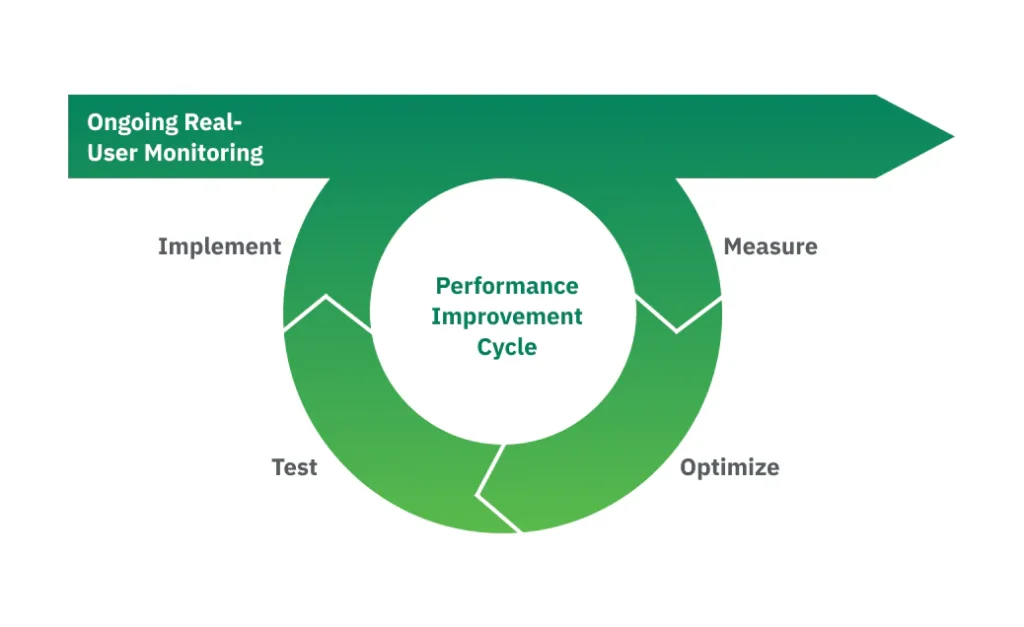In today’s digital world, the success of a website depends not only on its design and content but also on its performance and optimization. A fast, responsive, and user-friendly website improves user experience, reduces bounce rates, and enhances search engine rankings. Optimizing performance requires a structured approach that combines technical improvements with ongoing monitoring.
Understanding Website Performance
Website performance refers to how quickly and efficiently a site loads and responds to user interactions. A slow-loading website often drives users away, negatively impacting traffic and conversions. Studies show that users expect a page to load within 2–3 seconds, making speed a crucial factor for online success.
Key Approaches to Website Optimization
- Speed Optimization
Reducing load time is the first step. This can be achieved by:- Minimizing HTTP requests.
- Compressing images without compromising quality.
- Leveraging browser caching and Content Delivery Networks (CDNs).
- Using modern compression techniques like Gzip or Brotli.
- Code Efficiency
Clean, well-structured code improves performance. Removing unnecessary scripts, minifying CSS and JavaScript files, and optimizing database queries ensures smoother functionality. - Mobile Responsiveness
With most users browsing on smartphones, ensuring that websites are mobile-friendly is essential. A responsive design adapts to different devices, improving accessibility and user experience. - Server and Hosting Optimization
A reliable hosting environment significantly impacts site speed. Using dedicated or cloud-based hosting, enabling caching at the server level, and monitoring server response times are critical strategies. - SEO and Core Web Vitals
Google’s Core Web Vitals—Largest Contentful Paint (LCP), First Input Delay (FID), and Cumulative Layout Shift (CLS)—are key performance indicators. Optimizing for these metrics helps boost both rankings and user satisfaction.

Monitoring and Continuous Improvement
Optimization is not a one-time task. Regular performance audits using tools like Google PageSpeed Insights, GTmetrix, or Lighthouse help identify bottlenecks. Monitoring analytics, user behavior, and real-time reports allows for continuous fine-tuning.
Approaching website performance and optimization requires a holistic strategy. By focusing on speed, code efficiency, mobile responsiveness, and continuous monitoring, businesses can ensure that their websites remain fast, secure, and user-friendly. Ultimately, optimized performance leads to better engagement, higher conversions, and long-term online growth.
Freelancerson.com a Free Marketplace for Freelancers and Clients
What is The Deep Web and How it Works
website design and development
![]()





